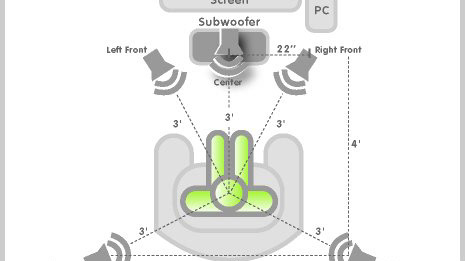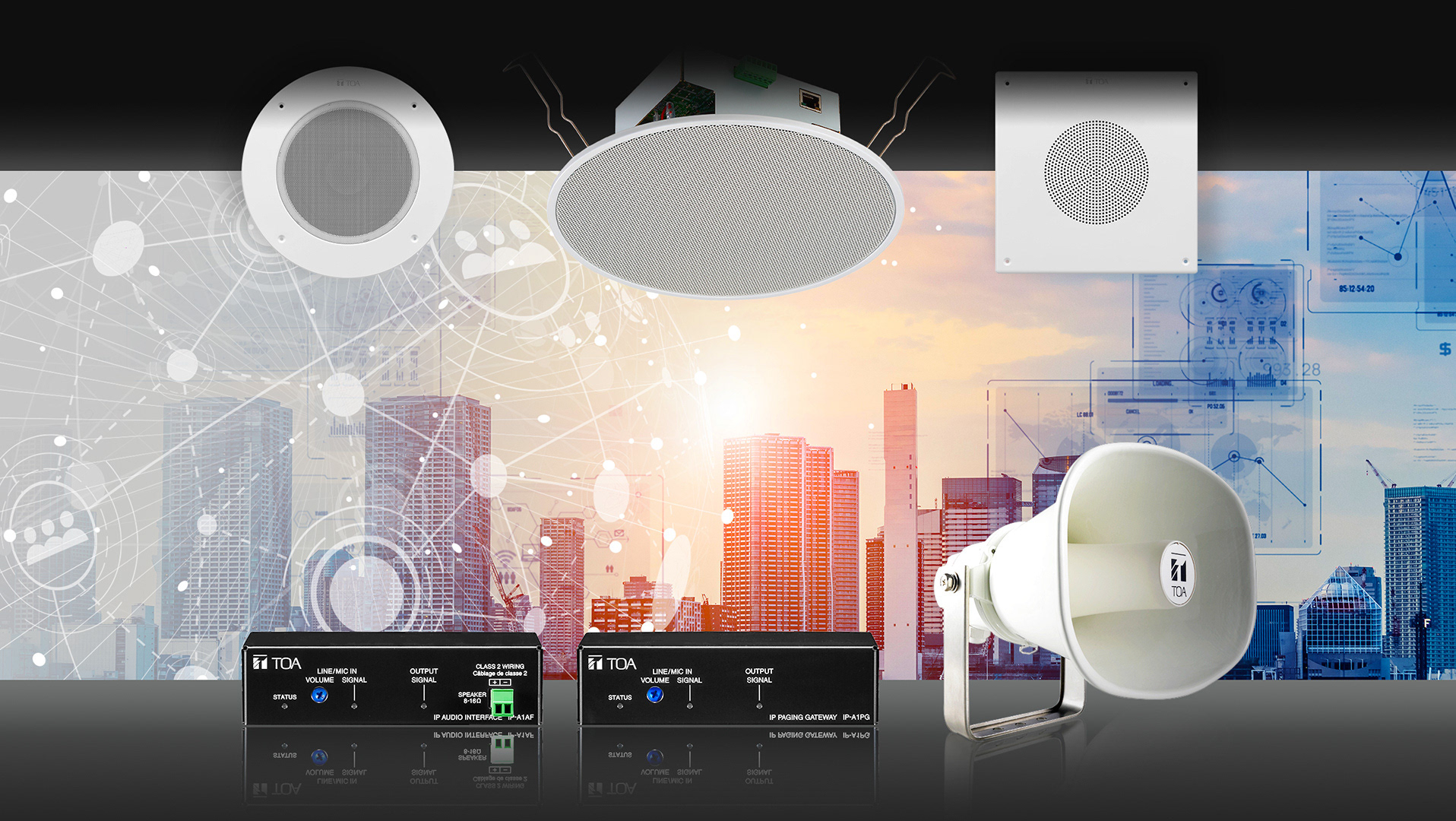Acoustic Assessment:
Conduct an acoustic assessment of the space to identify potential issues such as excessive reverberation, echoes, and frequency imbalances.
Measure room dimensions, surfaces (walls, ceiling, floor), and materials to understand their impact on sound propagation.
Soundproofing and isolation:
Implement soundproofing measures to reduce external noise infiltration and internal sound leakage.
Seal gaps around doors, windows, and HVAC vents to minimize unwanted noise sources that could affect sound quality.
Acoustic Treatment Placement:
Install acoustic panels strategically on walls and ceilings to absorb mid- to high-frequency sound waves and reduce reflections.
Place bass traps in corners and low-frequency resonant points to absorb and control low-frequency sound waves effectively.
Selection of Acoustic Materials:
Choose acoustic panels and materials with appropriate absorption coefficients tailored to the specific frequencies present in the room.
Consider the aesthetic and functional requirements of the space when selecting materials to ensure they blend seamlessly with the environment.
Room Layout and Speaker Placement:
Optimize the layout of furniture, seating, and other elements to minimize obstacles and reflections that could affect sound distribution.
Position speakers and monitors correctly to achieve balanced coverage and minimize interference from room boundaries and reflective surfaces.
Calibration and Testing:
Use acoustic measurement tools and software to analyze the frequency response and reverberation time of the room.
Adjust speaker placement, EQ settings, and acoustic treatments based on measurements to achieve a balanced and natural sound environment.
Continuous Monitoring and Adjustment:
Regularly monitor the acoustic performance of the space and make adjustments as necessary, especially in dynamic environments where furnishings or usage patterns may change.
By carefully implementing these steps, you can optimize the acoustic environment to enhance sound quality and clarity, creating a more immersive and enjoyable listening experience while minimizing unwanted noise and acoustic anomalies.








